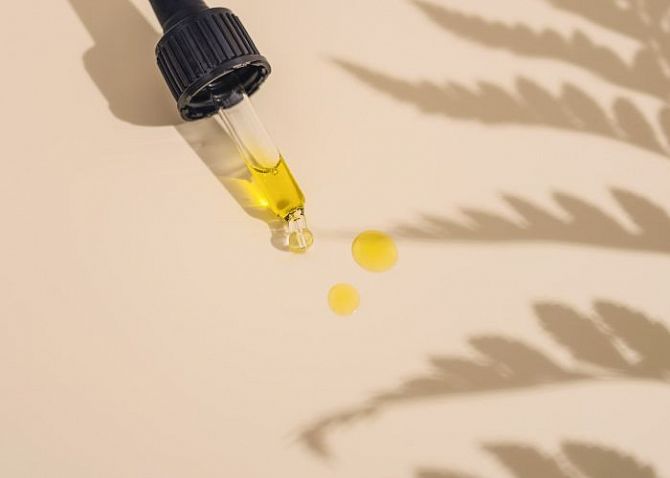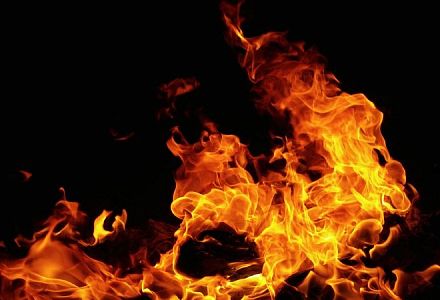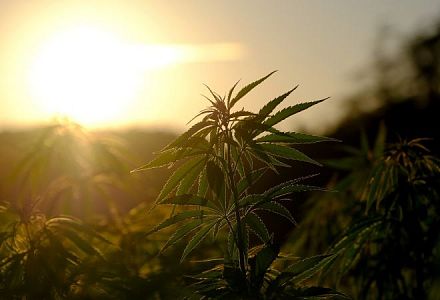
CBDA explained
CBDA is the acidic precursor of CBD. It has its own chemical structure and properties but can turn into CBD when exposed to certain factors, such as temperature or oxygen.
CBDA can be found in both hemp and marijuana, but hemp contains a much more considerable amount of CBDA than marijuana. That is one of many reasons CBD products in Europe are made from hemp.
For CBDA to turn into CBD, raw hemp needs to undergo the process of decarboxylation. This process can occur naturally after prolonged exposure to sunlight and oxygen.
Another common way of turning CBDA into CBD is using a faster decarboxylation process by exposing raw plant material to heat.

CBD & CBDA
CBDA is the mother of CBD.
Though CBD occurs naturally in raw cannabis, it only does so in minimal amounts. Instead, the vast quantities of CBDA found in cannabis are the primary source of CBD.
While it looks like CBDA might have many of its own benefits, there are various similarities between CBD and CBDA.
That's why researchers focus on discovering CBDA's potential impact on how people experience pain, inflammation and nausea. Much of the research also focuses on its effects on seizures. Doctors can currently prescribe CBD medication in selected countries to children and adults with severe epilepsy who can find no relief from traditional medicines. Is CBDA the future?

History of CBDA
Raphael Mechoulam first isolated CBDA in 1965.
In the beginning, scientists believed that CBDA was an inactive compound and it could only be beneficial to people after turning it into CBD.
Only recently has this belief been questioned. Following the increased interest in researching the medical properties of various cannabis compounds, scientists have discovered that CBDA is an active compound. The difference between CBDA and CBD is that CBD (as well as THC) interacts with CB1 and CB2 receptors, whereas CBDA seems to react with other receptors.
It looks like CBDA might interact with 5-HT1A and GPR55 receptors, giving scientists good reasons to continue their scientific investigation.

Good to know about CBDA
For CBDA to work, one must consume it without being heated. Therefore, vaping, smoking or cooking with CBDA does not work.
Additionally, using CBDA tinctures might give your mouth a slightly strange, bitter and tingly sensation. The feeling is temporary and harmless, but it's easier to tolerate when it doesn't take you by surprise.
Remember that CBDA, just like CBD, can interfere with some medications, so always consult with your doctor before adding CBDA into your diet.




